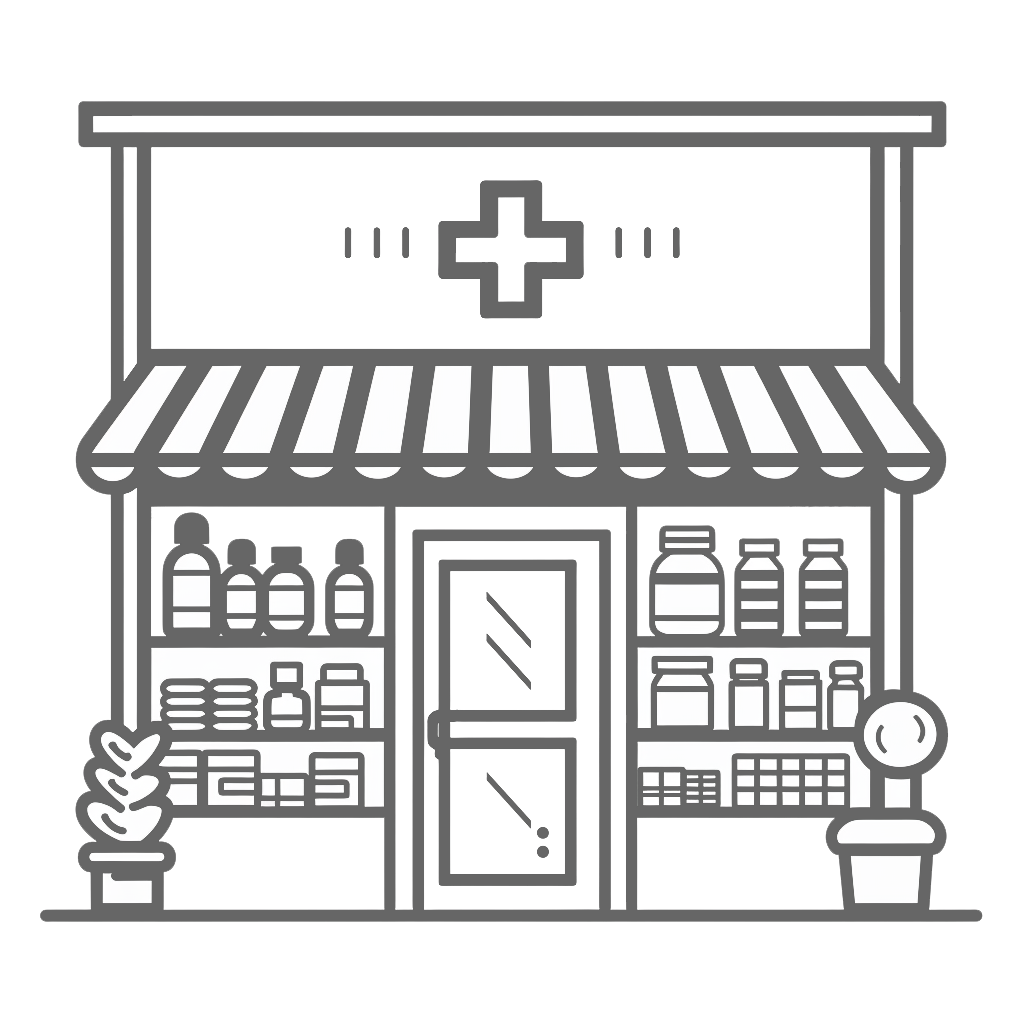
COSMETIC APPS: CAN WE REALLY TRUST THEIR RATINGS
Dr. Riccardo Matera, Research & Development
In recent years, it has become increasingly common for consumers to scan a product’s barcode with dedicated apps before purchasing, to check its “quality” or safety level.
A simple gesture that promises instant answers — but how reliable are these evaluations really?
How Do Cosmetic Rating Apps Work?
By scanning the barcode with a smartphone, the app assigns a score (from 0 to 100) or a color code (green, yellow, orange or red), often paired with a brief judgment such as excellent, good, average or poor.
These ratings are based on the list of ingredients (INCI) and focus primarily on those considered potentially risky or allergenic.
While this approach may seem helpful, it oversimplifies the complexity of cosmetic formulation science.
Quantity Matters: “The Dose Makes the Poison”
One of the main limitations of these apps is that they ignore ingredient concentration, considering only their presence in the INCI list.
An ingredient may be flagged as “risky” even when present in extremely low, perfectly safe amounts.
As toxicology reminds us, “the dose makes the poison”: what may be harmful at high concentrations can be completely harmless — even beneficial — at the regulated doses used in cosmetics.
All Cosmetic Ingredients Are Regulated and Safe
Every ingredient used in cosmetics sold in Europe must comply with strict EU regulations, ensuring safety for human health.
Cosmetic apps, however, often apply the precautionary principle, highlighting risks that are unconfirmed or based on preliminary studies.
The new European Regulation (EU) 1545/2023 has further strengthened consumer protection by expanding restrictions on certain substances and allergens — many of which are naturally present in essential oils.
Brands are required to declare these on labels once they exceed specific thresholds, ensuring maximum transparency and safety.
Apps vs. Science: Perception Is Not Evaluation
The rating provided by cosmetic apps is not an official safety assessment, but rather the opinion of the app’s creators.
Moreover, these ratings do not consider product efficacy — a crucial factor that defines real performance and consumer experience.
BeC Natura: Conscious Choices Backed by Science
For over 40 years, BeC Natura has invested in scientific research and clinical testing on volunteers, ensuring proven safety and efficacy.
Every formula is developed in full compliance with EU regulations, dermatologically tested, and supported by objective data.
Choosing a cosmetic shouldn’t rely on a digital traffic light, but on transparency, expertise and measurable results.
Apps can be a useful starting point for awareness, but true understanding comes from science.
In Summary
-
Apps are informative tools, not objective evaluation systems.
-
Ingredient concentration matters — a “red” ingredient isn’t necessarily harmful.
-
BeC Natura cosmetics are tested, safe and supported by real efficacy studies.
When choosing a cosmetic, trust science, not scores.
Because conscious beauty is built on knowledge, research and confidence.
Credits:
- https://help.yuka.io/l/it/article/pp8zrhvg4x-yuka-tiene-conto-della-quantit-di-ogni-ingrediente
- Regolamento (UE) 2023/1545 della Commissione del 26 luglio 2023 che modifica il regolamento (CE) n. 1223/2009 del Parlamento europeo e del Consiglio per quanto riguarda l'etichettatura delle fragranze allergizzanti nei prodotti cosmetici (Testo rilevante ai fini del SEE) (OJ L 188 27.07.2023, p. 1, ELI: http://data.europa.eu/eli/reg/2023/1545/oj)
- https://help.yuka.io/l/it/article/vsap9xk405-yuka-analizza-l-efficacia-di-un-prodotto







Leave a comment
This site is protected by hCaptcha and the hCaptcha Privacy Policy and Terms of Service apply.